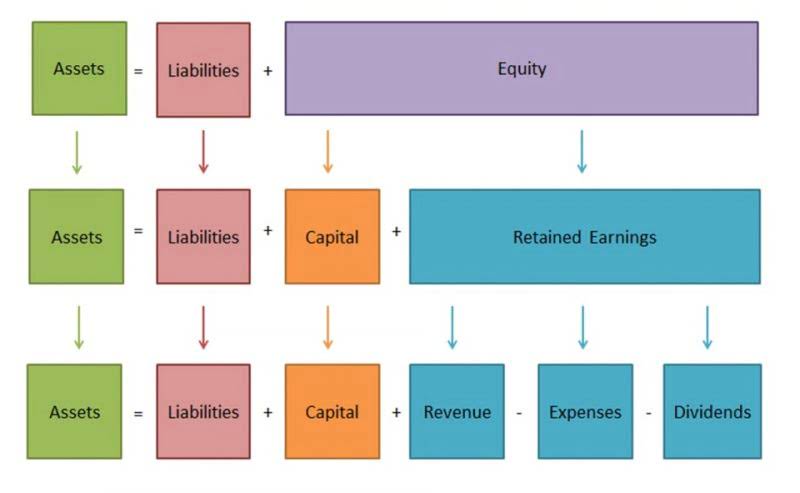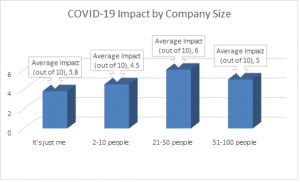
These tools provide a comprehensive overview of cash flow, enabling more informed financial decisions throughout the project lifecycle. Accounting for potential variances and contingencies is crucial in constructing a robust cash flow schedule. This entails considering possible fluctuations in costs, unexpected expenses, or delays in payments or receipts that may deviate from the initial projections. By factoring in these variances and contingencies, construction companies create a buffer to mitigate potential financial risks and uncertainties.

Construction cash flow: All about cash flow in construction
- 💸 A cash flow statement shows how much money flows in and out of your business over time.
- They collectively form a comprehensive picture of a firm’s financial position, guiding strategic decisions and enabling effective construction project management.
- Further, contractors can calculate the net cash flow by subtracting cash outflows from the cash inflows.
- Cash flow in construction encompasses the inflow and outflow of funds at various stages of a project.
- Subtract the actual expenses from the total budget to derive the remaining budget or the projected cost to complete the project.
- Furthermore, the following subsections are very important in studying the present value.
- It shows the opening balance, the closing balance, and the net cash flow for each period.
Cash flow in construction refers to the movement of funds into and out of a construction project over a specific period. It’s the lifeblood of any construction Law Firm Accounts Receivable Management project, determining its financial health and operational viability. Essentially, it tracks the cash that flows in from clients and financing sources against the cash that flows out for project expenses like labor, materials subcontractor payments and equipment costs.

Diversifying Client Base and Contracts
A practice common in the commercial construction industry, retainage is typically 5-10% of the total contract. While it is good to pay your bills promptly, if you continue to spend money you don’t have yet, you will end up in a negative cash flow situation (which is not good). Let us help you unlock the secrets and ensure your construction business thrives financially. For more insights on managing construction risks, refer to this in-depth guide on construction risk management. Determine the level of detail, the time horizon, and the frequency of your cash flow analysis. Also, define the sources and uses of cash for your project and the assumptions and parameters that will affect your cash flow estimates.
Technology Integration for Streamlined Processes
If you didn’t know you had $100,000 coming in, you would make a different set of decisions. And just because you sent an invoice doesn’t mean your work is done, either. construction cash flow Having a process to send reminders is an important part of the invoicing process that can help you get paid faster. Financing equipment and other large purchases frees up your cash to cover other necessary costs such as payroll or supplies. Yes, you’ll pay interest, but it is often a small price to pay for the cash that interest buys you today. If you always pay your bills as soon as they come in, this can leave you cash strapped.

JobBoard Menu
A P&L will suggest whether you’re profitable overall, but if you ask, “Will we have enough cash for payroll in September? Cash flow forecasting involves analyzing historical data and assessing current project details. Income projections and expense categorization are essential for accurate forecasts. Developing a cash flow schedule and accounting for variances create robust financial plans. Dedicated software and integration of financial systems provide accurate online bookkeeping forecasts and real-time updates. Cash flow in construction, involving inflows and outflows for materials, labor, and more, is cyclical.
- Forecasting income and expenses, breaking down costs, and planning for contingencies are foundational.
- Auditing ensures that financial records are accurately maintained and that the company’s financial health is assessed impartially.
- If your company does work that is labor-intensive, the financial stress of having to pay your employees every week or two can make cash flow difficult.
- This post covers the certified payroll requirements for contractors working on federal construction projects.
